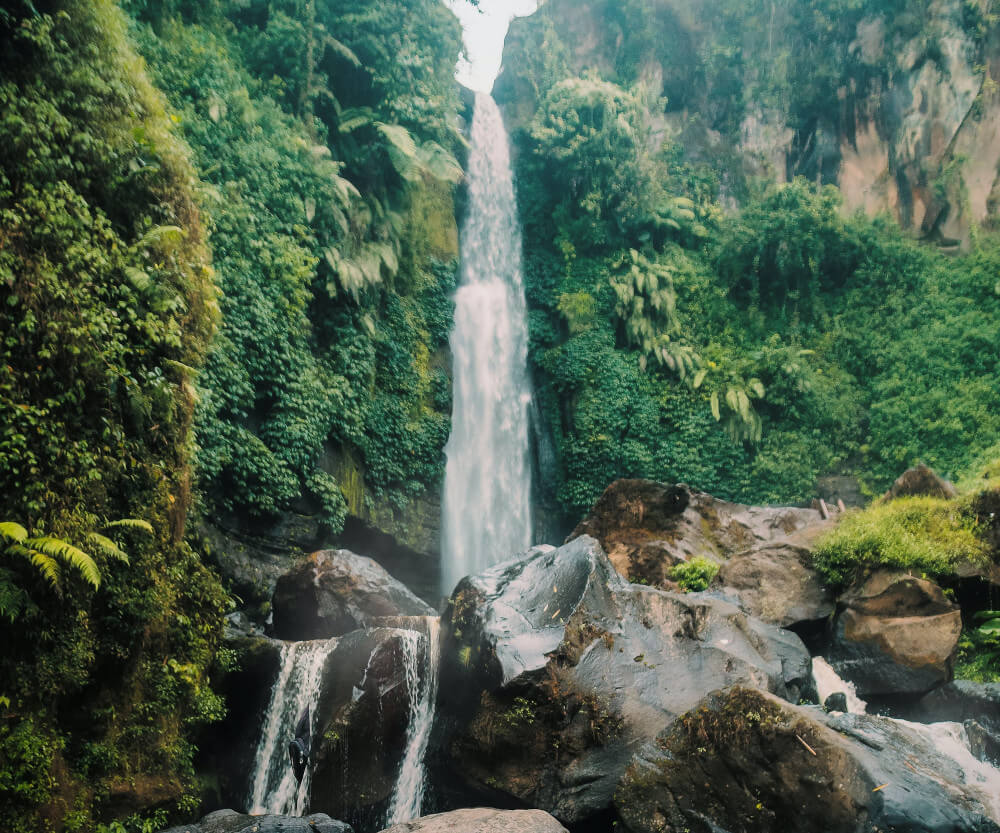Time For a Break form The Rate Race !!! Indonesia’s Rainforests and Parks is a Must
Among the most diverse and abundant plant and animal species on the planet can be found in the dense tropical forests that cover much of Indonesia’s landscape. It’s on Sumatra and Borneo (Kalimantan) that you’ll find the archipelago’s largest national parks. These are vital because they contain both human habitations and species that are on the verge of extinction.
At a number of Indonesia’s national parks, you can see these rare animals in their natural habitat. Of the 2.5 million acres of Tropical Rainforest Heritage on Sumatra, three national parks stand out. These include Gunung Leuser, Kerinci Seblat, and Bukit Barisan Selatan. Many of Sumatra’s endangered species, as well as the majority of the island’s diverse biota, can be found here. More than 10,000 plant species, 200 mammal species, and 580 bird species are found in the protected area, 465 of which are permanent residents and 21 of which are endemic. The Sumatran orang-utan is one of 15 species found only in Indonesia, which is home to two-thirds of the world’s mammals. On the site, you can see how the island’s biogeography has changed over time.
Integrity
Sumatran forests, which once stretched from Aceh to Bandar Lampung, are represented by three major “islands” left in the Bukit Barisan Mountain Range by three separate national parks. Biodiversity and ecological processes are preserved because of the property’s variety of ecosystems, forest types, elevations, and topographies. Gunung Tujuh and Gunung Kerinci, two of Sumatra’s most stunning mountains, can be found at this location.
Preconditions for Protection
Since the TRHS is made up of three national parks, it is protected at the highest level under Indonesian law. The Directorate General of Forest Protection and Conservation of the Ministry of Forestry oversees all three parks (PHKA). The property’s three distinct sections must be clearly identified on the ground. Only a small portion of the property’s perimeter can be marked each year for effective property management and the inclusion of important habitat national resources. It took until 2004 to demarcate the Kerinci Seblat National Park boundary after 14,160 hectares of former production forest were added to Sipurak Hook.
It is directly across from the Krakatau Volcano from the southernmost tip of Java where Indonesia’s first national park, Ujung Kulon, can be found. In spite of being the most well-known national park in the country, it receives very little tourism. Because of the park’s well-preserved ecosystem, this could be a good thing. Umang Island, one of the park’s neighboring islands, has become a popular ecotourism destination in recent years.
An Indonesian national park for rare and endangered species is only one aspect of Alas Purwo National Park. According to locals, a park in East Java’s Banyuwangi district is where the Earth first emerged from the sea. “Ancient or Premordial Forest” is the meaning of the name Alas Purwo. During Suro, the Javanese New Year, many mystics and seekers of spiritual enlightenment visit.




